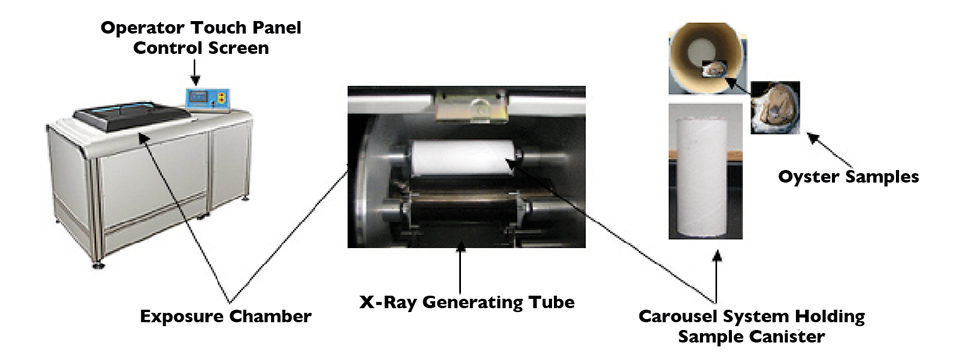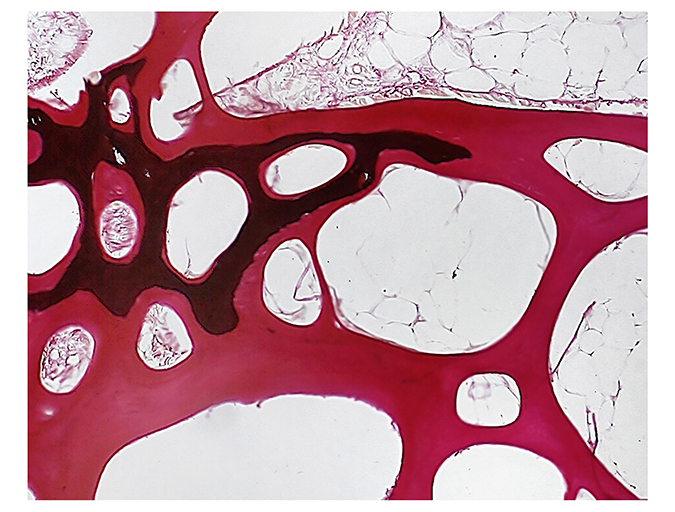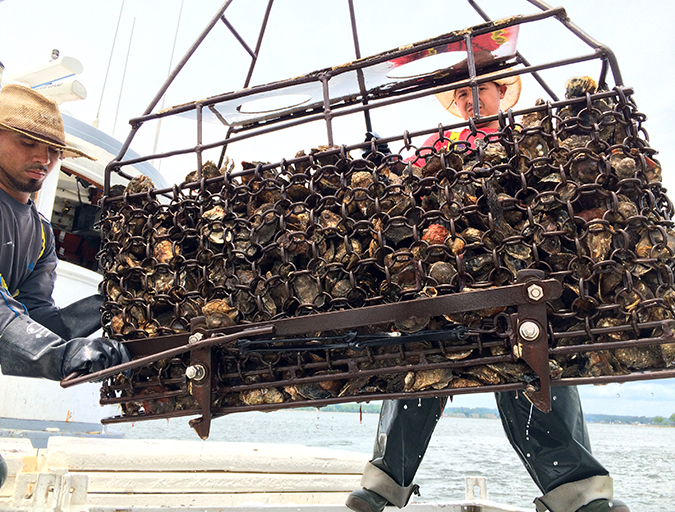
Eating raw oysters has become popular among consumers worldwide. However, raw oysters can serve as vehicles for many food-borne pathogenic microorganisms, including Vibrio species. Oysters filter large volume of seawater during their feeding activities, which can concentrate bacteria such as vibrios in their bodies.
The presence of the pathogens in oysters has a serious impact on public health and international trade. The U.S. Public Health Service estimated that millions of cases of diarrheal diseases and approximately 5,000 deaths occur in the United States each year due to pathogenic bacteria including Vibrio species. Seafood, including oysters, is a leading cause of food-borne disease outbreaks. About 10,415 illnesses were linked to seafood between 1990 and 2005.
Pathogenic bacteria
V. parahaemolyticus
V. parahaemolyticus – a gram-negative, halophilic bacterium that can cause gastroenteritis, vomiting, diarrhea, headache and nausea – is the leading cause of illness associated with the consumption of raw oysters in the United States. It occurs naturally in the marine environment.
Since last decade, a number of outbreaks of V. parahaemolyticus have been associated with the consumption of oysters. In 1998, the largest V. parahaemolyticus outbreak in the U.S., involving 416 cases, was linked to consumption of raw oysters. In 2006, another outbreak resulted in 177 cases and three hospitalizations.
V. vulnificus
V. vulnificus is a gram-negative bacterium that occurs naturally in warm estuarine environments such as the Gulf Coast, where the majority of U.S. oysters are harvested. Vibrio vulnificus was first described as a cause of human illness in 1979.
V. vulnificus has the highest (40 to 50 percent) fatality rate among food-borne pathogens in the U.S. It can cause death to individuals with underlying diseases, especially liver disease. The Centers for Disease Control estimated that over 8,000 Vibrio infections occur annually in the U.S., with 47 food-borne illnesses and 18 deaths from V. vulnificus yearly.
Traditional decontamination technologies
In the last decade, several post-harvest techniques have been proposed to reduce Vibrio vulnificus and V. parahaemolyticus in live and processed oysters. These techniques included cold treatments, high temperature, vacuum packaging, ultraviolet treatments, electrolyzed water and high-pressure treatments.
Most of these techniques have limited effects on Vibrios and/or kill oysters. Therefore, to improve the safety and quality of oysters, effective new technologies are needed. The decontamination standard set by the Interstate Shellfish Sanitation Conference and Food and Drug Administration (FDA) is a 5-log (99.999 percent) reduction of V. vulnificus.
Ionizing radiation
Ionizing radiation is one of the most effective technologies for controlling pathogens in food. The FDA has approved its use for many foods, including seafood.
Three types of radiation source are currently permitted for food irradiation processing: radionuclides cobalt-60 or cesium-137, electron beams generated by a machine with a maximum energy of 10 million electron volts (MeV) and x-rays generated by a machine at a maximum energy of 5 MeV.
X-ray trial
X-ray is a novel technology for seafood decontamination. Studies by the author used a food-grade irradiator that produced x-radiation of 5 MeV to investigate the reduction of V. parahaemolyticus and V. vulnificus.
X-ray treatments reduced the populations of Vibrio parahaemolyticus in half-shell oysters by more than 1 million cells per gram with 2-kGy doses. The same reduction was achieved with 5-kGy x-ray doses in whole-shell oysters.
A reduction of V. vulnificus of more than 1 million cells per gram was achieved with 1-kGy doses in half-shell oysters. In whole-shell live oysters, this same reduction was achieved with 3-kGy x-ray doses.
The results also showed that the inherent microflora in the oysters were significantly reduced to less than 10 cells per gram. X-ray irradiation may offer further benefits because, unlike some other methods to reduce the spread of food-borne illness in oysters, the x-ray treatment did not kill the oysters even with the highest dose used, 5 kGy.
(Editor’s Note: This article was originally published in the September/October 2009 print edition of the Global Aquaculture Advocate.)
Now that you've reached the end of the article ...
… please consider supporting GSA’s mission to advance responsible seafood practices through education, advocacy and third-party assurances. The Advocate aims to document the evolution of responsible seafood practices and share the expansive knowledge of our vast network of contributors.
By becoming a Global Seafood Alliance member, you’re ensuring that all of the pre-competitive work we do through member benefits, resources and events can continue. Individual membership costs just $50 a year.
Not a GSA member? Join us.
Author
-
Barakat S.M. Mahmoud, Ph.D.
Assistant Professor of Food Safety/Microbiology
Experimental Seafood Processing Laboratory
Costal Research and Extension Center
Mississippi State University
Pascagoula, Mississippi 39567 USA
Tagged With
Related Posts

Aquafeeds
Alternative feed ingredients support continued aquaculture expansion
Identifying sources for essential macro- and micronutrients is important, as well as understanding how best to manufacture feed to required physical specifications when using these new raw materials.

Health & Welfare
Judicious use of phosphorous key to farmed fish health
Dietary phosphorus is essential for growth and healthy skeletal development of farmed fish. Fish health, limited availability and environmental concerns all urge modern aquaculture to handle phosphorous resources wisely and sustainably.

Health & Welfare
On the Job: Young fish veterinarian holds a hopeful outlook
Harry Hamlin-Wright is a fish vet. It’s a career choice that gets strange looks but offers him varied and interesting work. See the world of aquatic animal health and welfare through a fresh set of eyes in a new Advocate series on aquaculture jobs.

Intelligence
As ocean temperatures rise, so too will vibrio outbreaks
A study using a half-century of data has linked climate change and warming sea temperatures with an increase in illnesses from the common vibrio bacteria. Shellfish growers, fighting a particularly virulent strain of Vibrio parahaemolyticus, are changing their harvest protocols.


